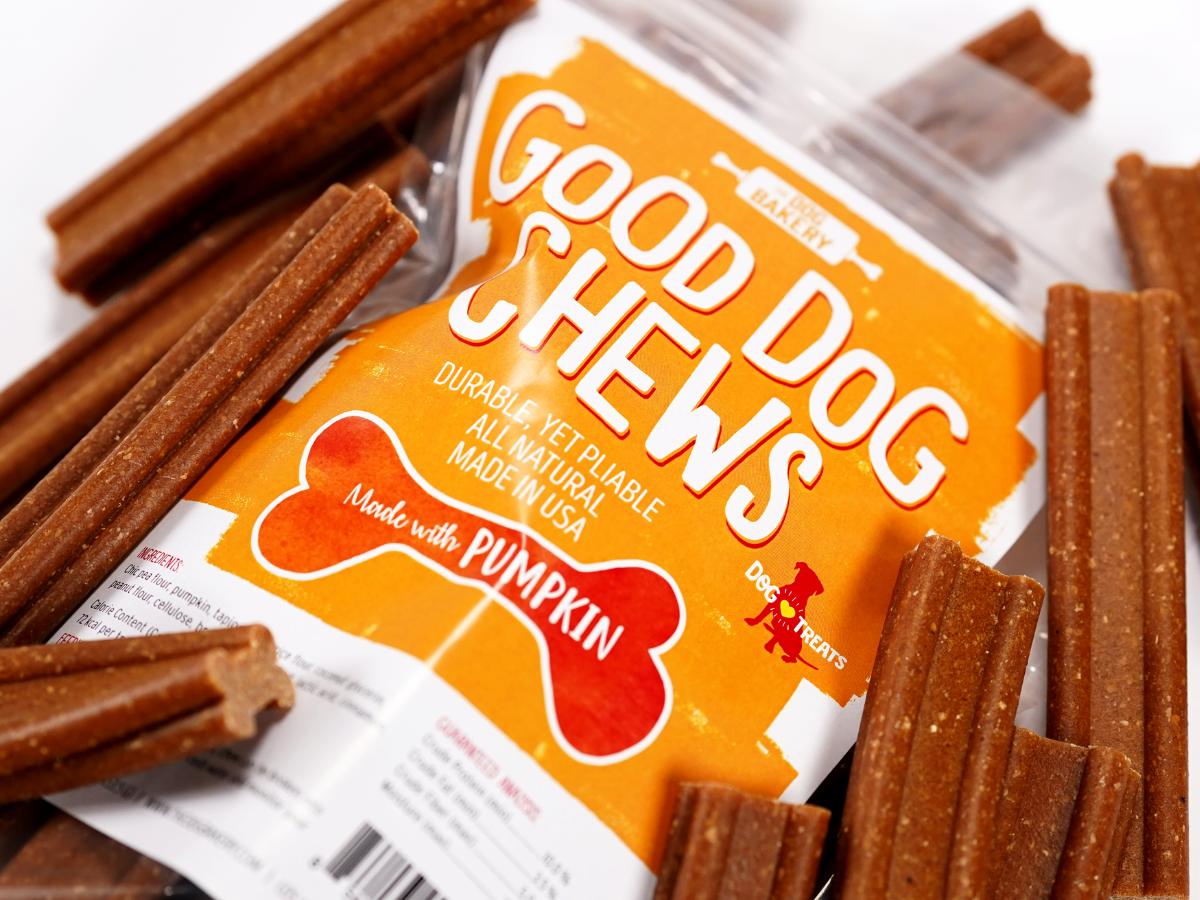Think Twice Before Adopting These 5 Breeds If You Live In the City
Cities are busy places with constant honking, car alarms, people shouting, music, and strangers to cross paths with. All of the commotion can be a little overwhelming even for humans, and there are also dog breeds that really struggle with city life. Of course, some dog breeds thrive living in apartments and cities. These dogs are social, generally easygoing, and temperamentally comfortable with the sights, sounds, and smells of urban life.
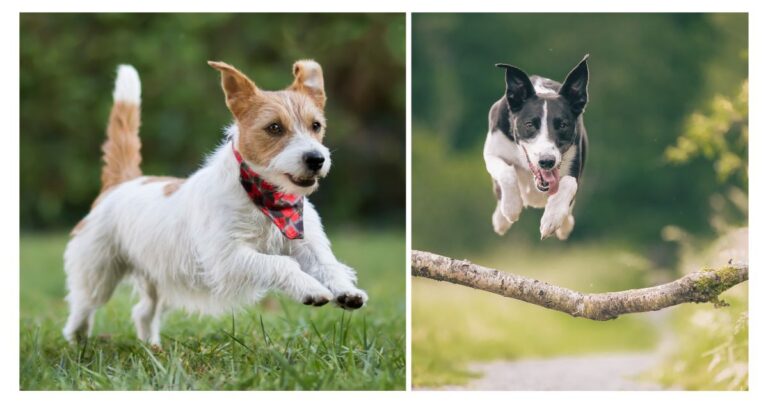
The dog breeds that do not do well in cities are often bred for rural life, either as herders, livestock guardians, or farm dogs who keep pests at bay. Many of these breeds can feel very insecure in a city environment, and their need for daily exercise and mental stimulation exceeds what most apartment dwellers can provide. Enriching a dog isn’t always about how much time you have—some breeds need resources that simply aren’t available to apartment and city dwellers.
Unfortunately, when a dog bred for rural life is forced to fit into city life, it can become a reactive, nervous, and unhappy dog. If you live in a big city with lots of people, noise, other dogs, and activity, and especially if you’re an apartment dweller, we don’t recommend choosing these five dog breeds.
5. Beagle
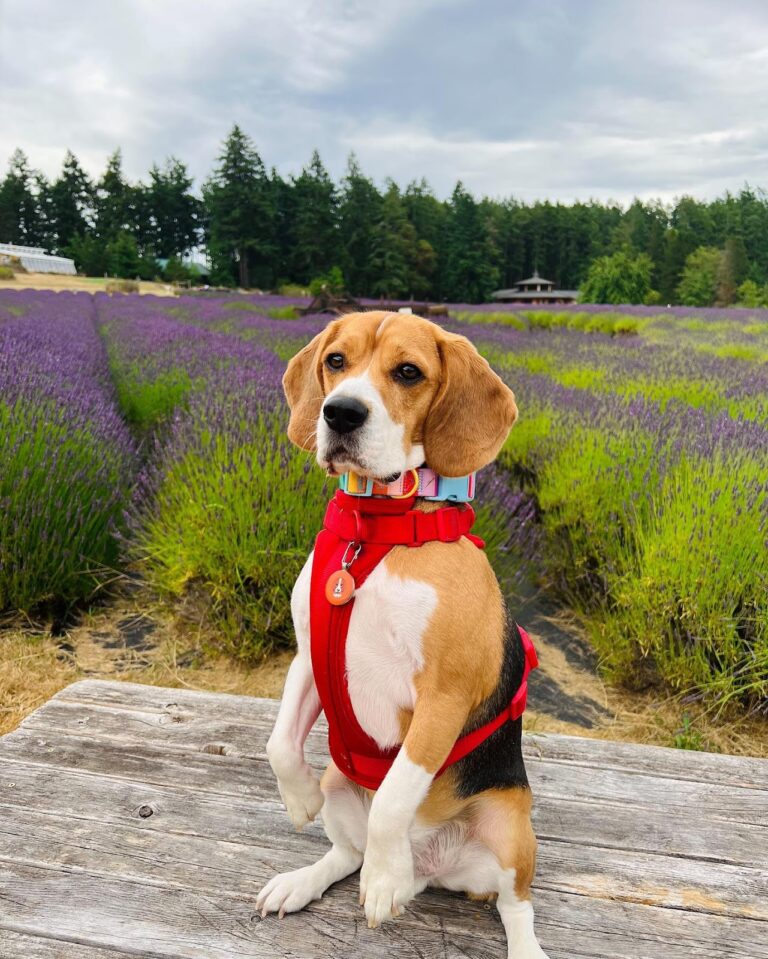
Quick Facts:
- Height: 13 inches or less (small), 13-15 inches (standard)
- Weight: 20 pounds or less (small), 20-30 pounds (standard)
- Barking: 4/5
- Exercise Needs: 4/5
- Mental Stimulation: 4/5
Beagles are a semi-borderline addition to this list since some people with particularly lazy Beagles find that they can keep them in apartments. However, the vast majority of Beagles don’t fit well into city life. Beagles are notoriously hard to potty train and can make a big mess when left in an apartment all day. Some dogs use indoor potty spots and pee pads happily, but you’re in for a big challenge if you expect a Beagle to learn how to potty indoors.
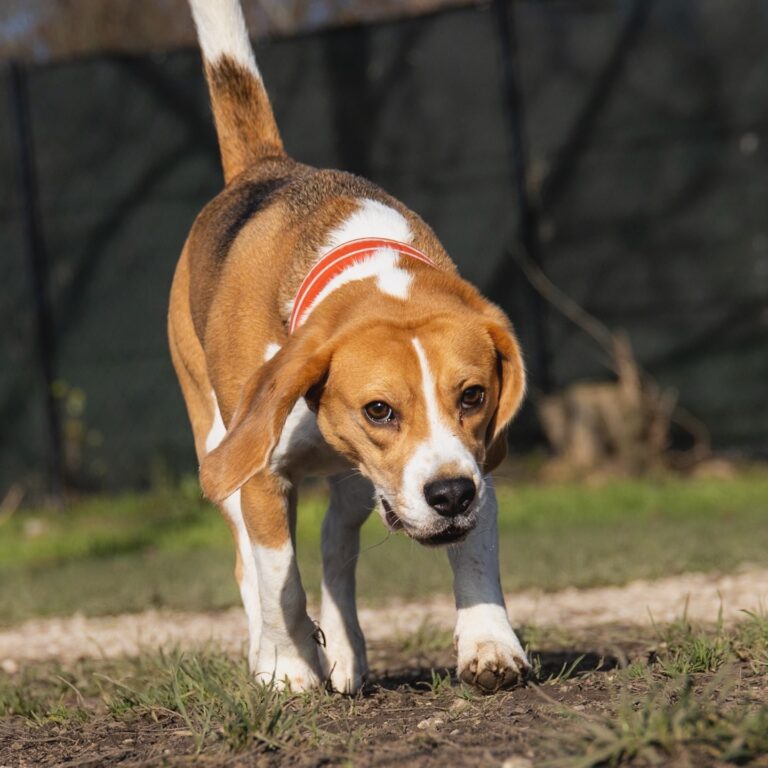
Beagles are also a hyper-vocal dog breed that barks a lot—not a quality you would usually look for in a good apartment dog. Beagles will bark to alert you to almost anything, and in cities with constant stimulation, some Beagles can become even more reactive to the outside world.
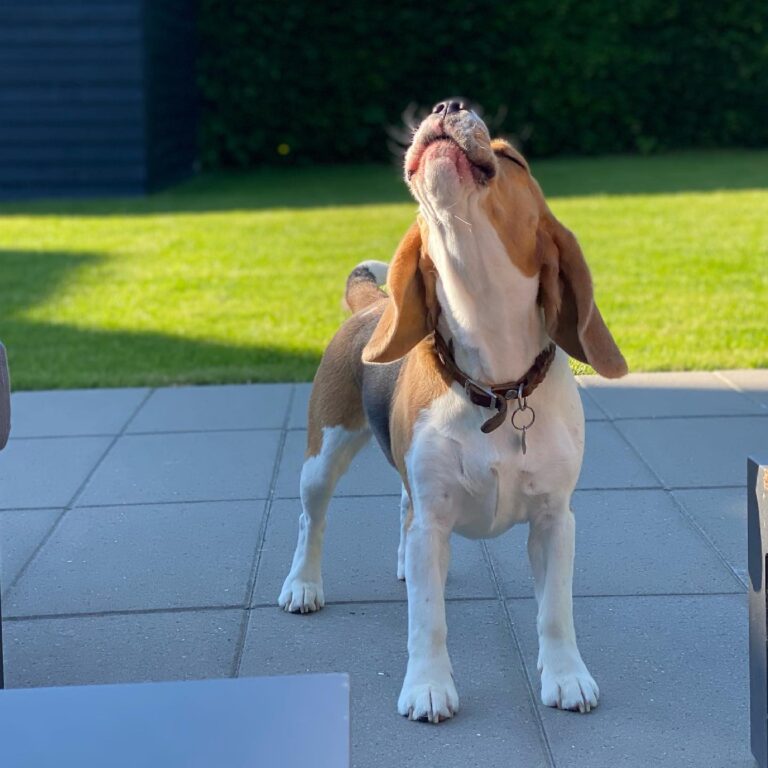
The Beagle is also a scent hound with an almost infinite drive for sniffing things out, like tasty treats. In the city, a dog who is constantly sniffing for food or things to eat on the sidewalk can be dangerous, and you’ll be forced to become hypervigilant of your dog on walks. For all these reasons, we don’t recommend Beagles if you live in a city.
4. Border Collie
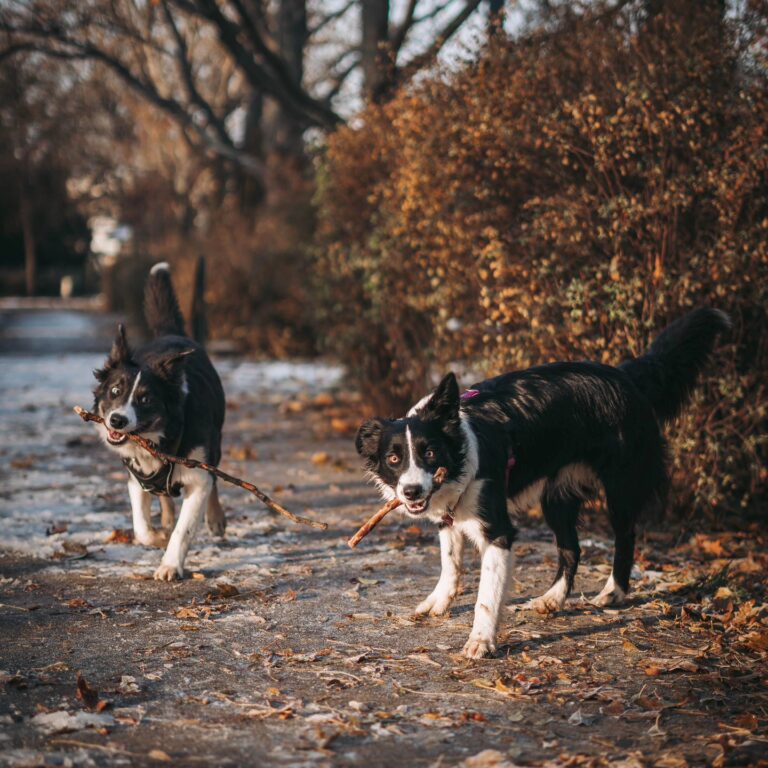
Quick Facts:
- Height: 18-22 inches
- Weight: 30-55 pounds
- Barking: 4/5
- Exercise Needs: 5/5
- Mental Stimulation: 5/5
Border Collies, like Jack Russell Terriers, have incredibly high exercise and mental stimulation needs. Working dogs bred to herd livestock and perform complex jobs expertly, Border Collies aren’t the type of dog that enjoys lounging on the sofa or napping all day long. If Border Collies were humans, they would be the workaholics of the dog world.
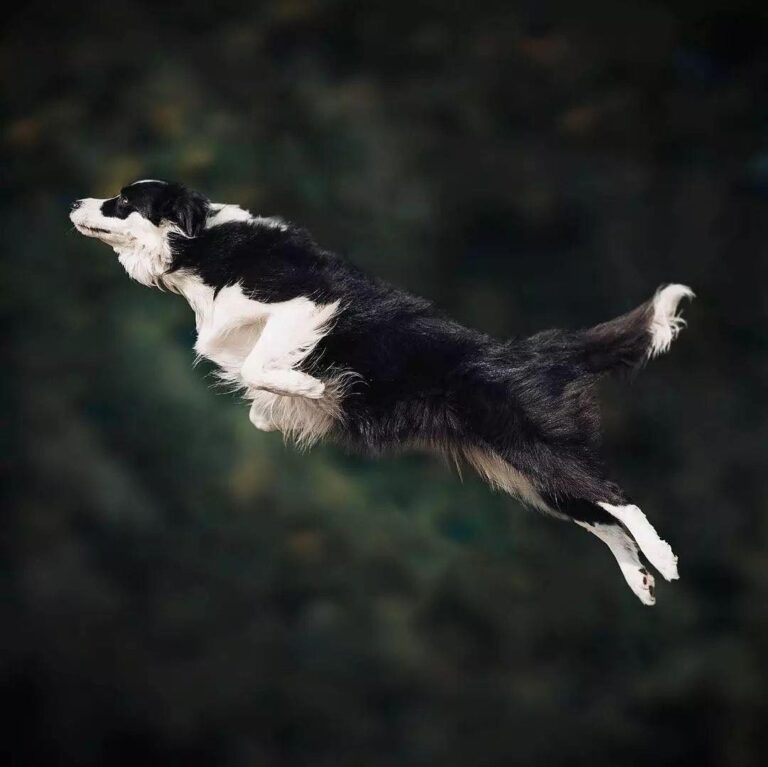
A Border Collie living in the city will struggle without space to run—even dog parks are usually not big enough to accommodate the needs of this breed. Border Collies can also sometimes struggle with other dogs, particularly in off-leash environments where their instinct to herd and control the pack can become overwhelming.
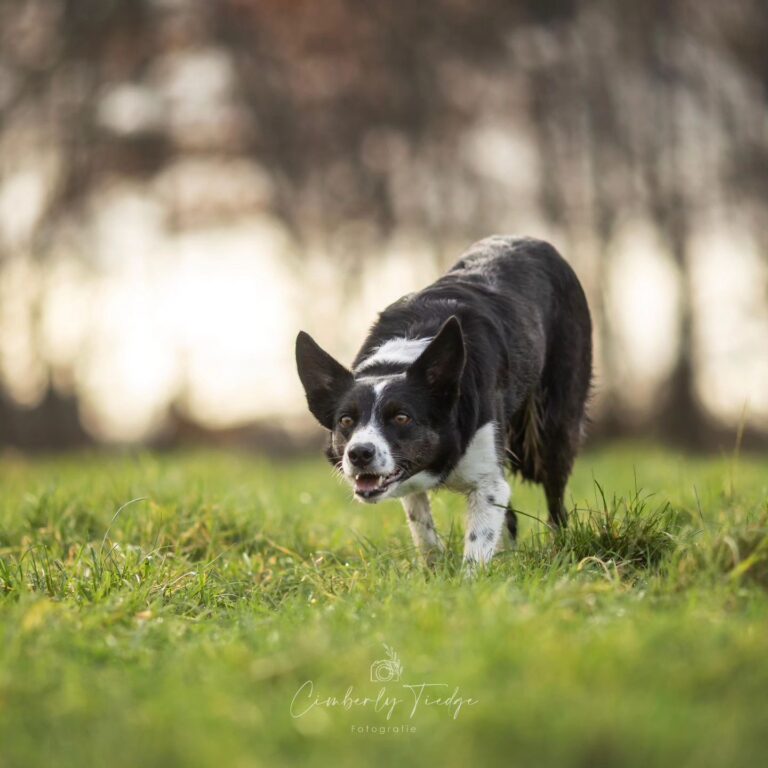
Border Collies are also a breed prone to anxiety, and the constant hustle and bustle of the city can be more than they can handle. Border Collies like to keep an eye on everything and are notoriously bossy—in a city where your dog will constantly be confronted with new sights, sounds, and humans/dogs, the need for control can turn into anxiety for breeds like the Border Collie.
3. Jack Russell Terrier
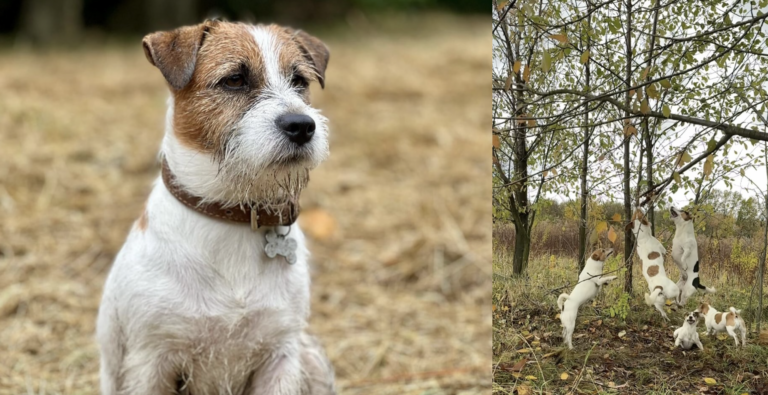
Quick Facts:
- Height: 10-12 inches
- Weight: 9-15 pounds
- Barking: 4/5
- Exercise Needs: 5/5
- Mental Stimulation: 5/5
Few dog breeds can rival the Jack Russell Terrier in terms of energy, barking, and alertness. Energizer bunnies with endless charge, Jack Russell Terriers—sometimes called Jack Russell Terrors—are some of the worst dog breeds for apartment living. Exceptional ratters with very high prey drive, Jack Russell Terriers thrive when allowed to independently do a “job” like ratting. In the city or an apartment, there isn’t much for a highly active dog to do, especially one who craves independent adventure.
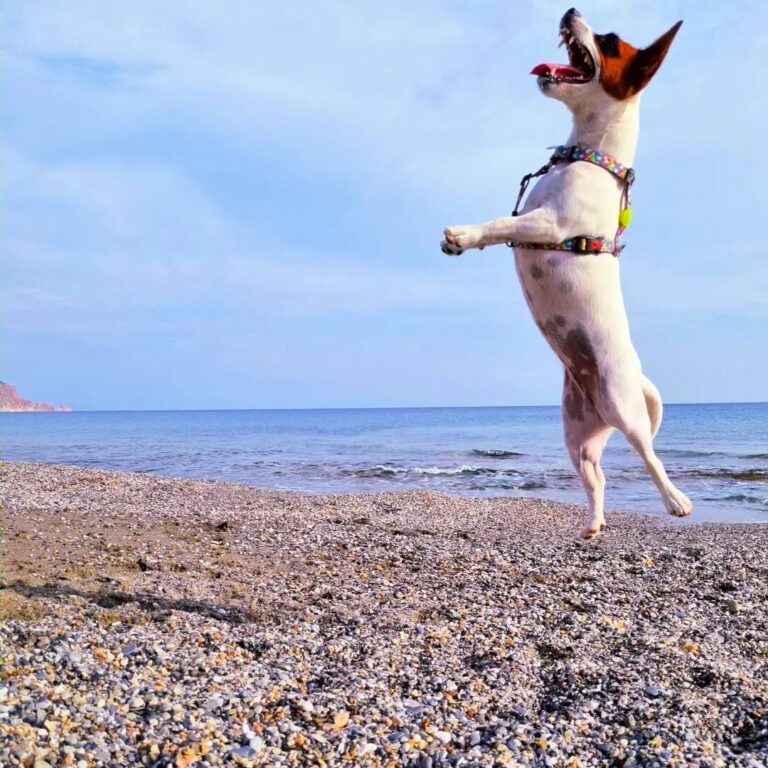
Jack Russell Terriers need hours of physical exercise AND mental stimulation, and a simple walk around the block is not nearly enough for this highly athletic and mentally active breed. A bored Jack Russell will almost inevitably become reactive, and Jack Russells are already not particularly dog friendly, which can make them tough dogs to handle in the city.
To avoid going stir-crazy alongside your high-energy dog, we don’t recommend adopting a Jack Russell Terrier or JRT mix—like a Jackapoo—if you live in the city.
2. Australian Cattle Dog
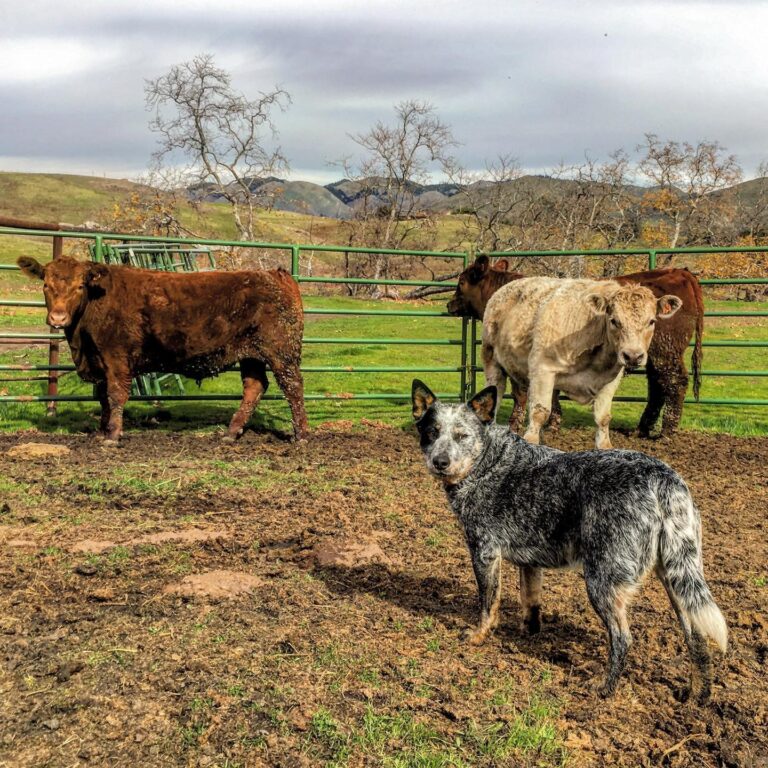
Quick Facts:
- Height: 17-20 inches
- Weight: 35-50 pounds
- Barking: 1/5
- Exercise Needs: 5/5
- Mental Stimulation: 4/5
The Australian Cattle Dog—AKA Blue or Red Heeler—doesn’t bark much, and won’t cause too much commotion for your neighbors, but this very high energy dog breed can go a little stir crazy in the city. A protective and sometimes territorial dog breed, Australian Cattle Dogs are quick to react both to impulses of anxiety or fear and to their high prey drive. These instincts make the ACD a little unpredictable with other dogs and can make it tough to own one in the city.
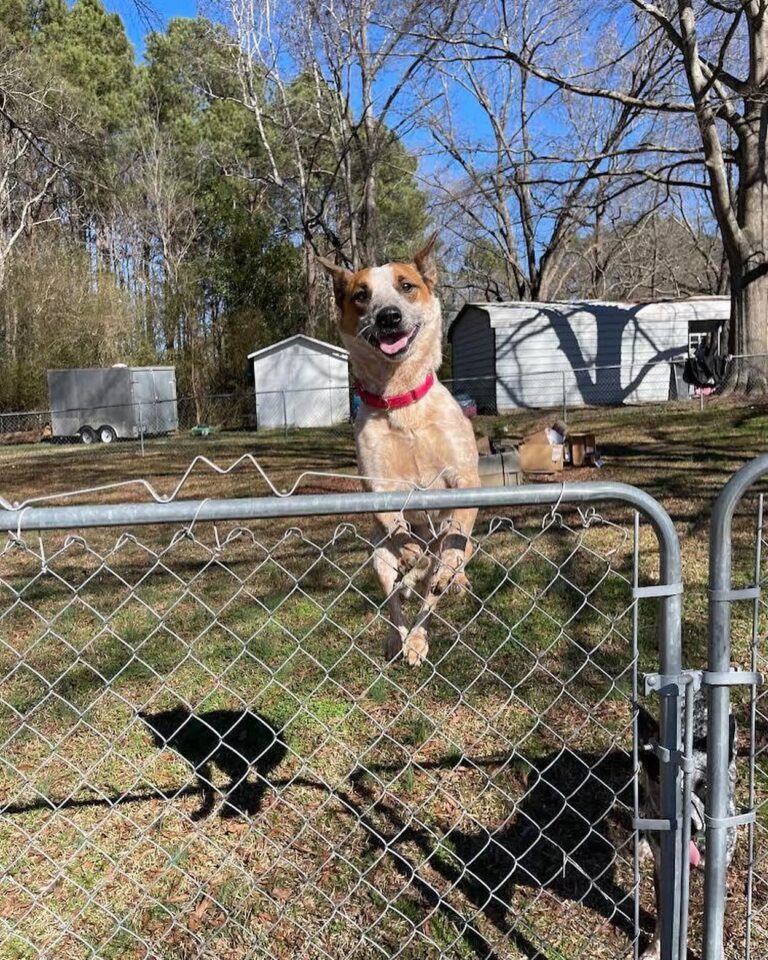
Because of their incredible athleticism and desire to run, this breed does well in rural areas where they can have access to plenty of space. Like Border Collies, Australian Cattle Dogs don’t always do well in dog parks, so even a large off-leash park might not provide enough physical stimulation for your dog.
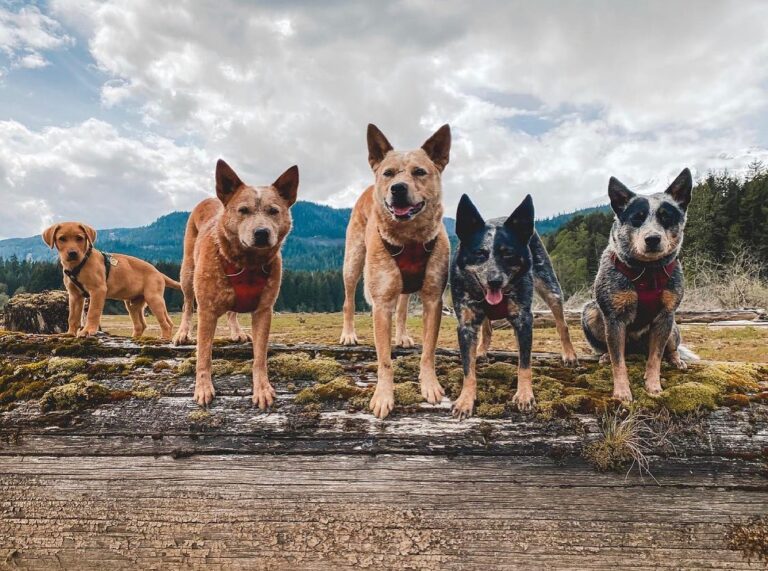
Absolutely fearless, Australian Cattle Dogs don’t necessarily become anxious in highly active urban environments, but they can become reactive and stressed by so much constant stimulation and new experiences.
1. Anatolian Shepherd
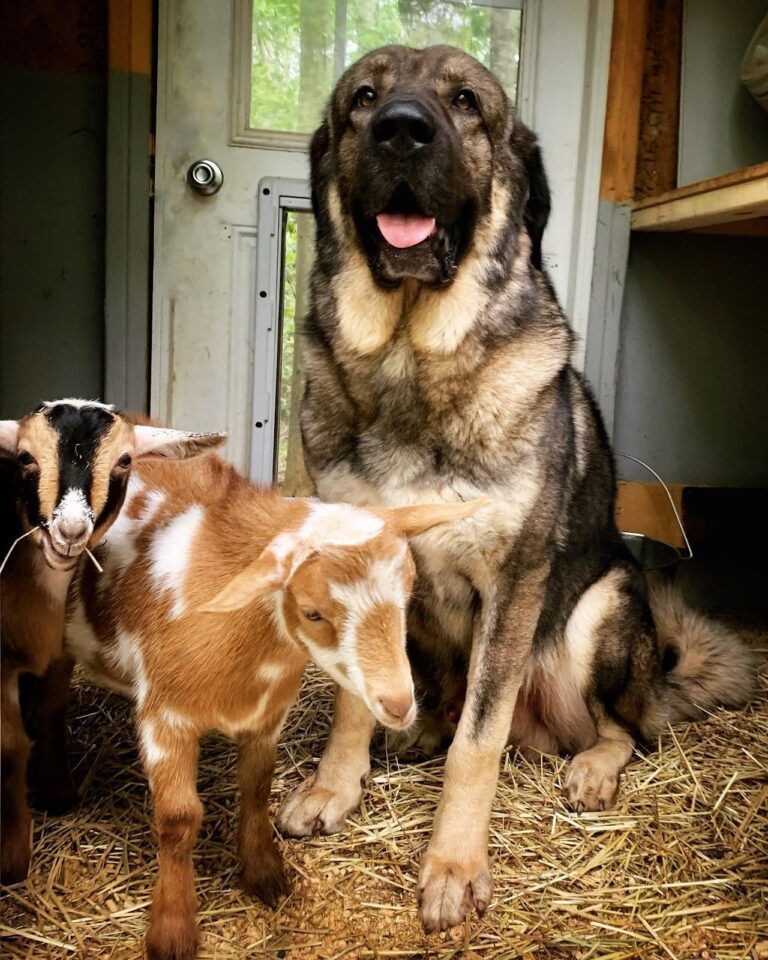
Source: @Trevor_TheWolfhound
Quick Facts:
- Height: 27-29 inches
- Weight: 80-150 pounds
- Barking: 3/5
- Exercise Needs: 3/5
- Mental Stimulation: 3/5
Like the vast majority of livestock guardian dog breeds, Anatolian Shepherds are independent dogs who were bred to spend the majority of their lives outside amongst sheep, goats, pigs, chickens, and other livestock. Calm and reserved, Anatolian Shepherds can be affectionate with their families but can be very wary and shy around strangers. Some examples of the breed can even be standoffish or reactive towards new people and are almost always reactive towards strange dogs.
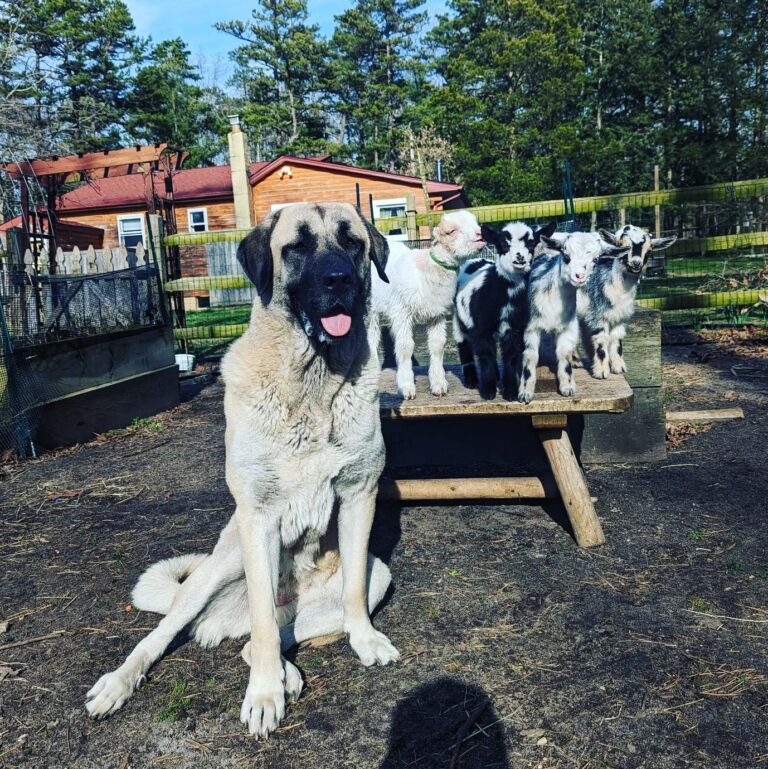
Highly protective of their homes and families, Anatolian Shepherds do not feel comfortable with new people coming and going, and like consistent schedules. The main concern for most livestock guardian breeds like the Anatolian Shepherd is the family’s safety—even a change to routine can make a breed like this very nervous, and the unpredictable nature of city life isn’t compatible with this type of temperament.
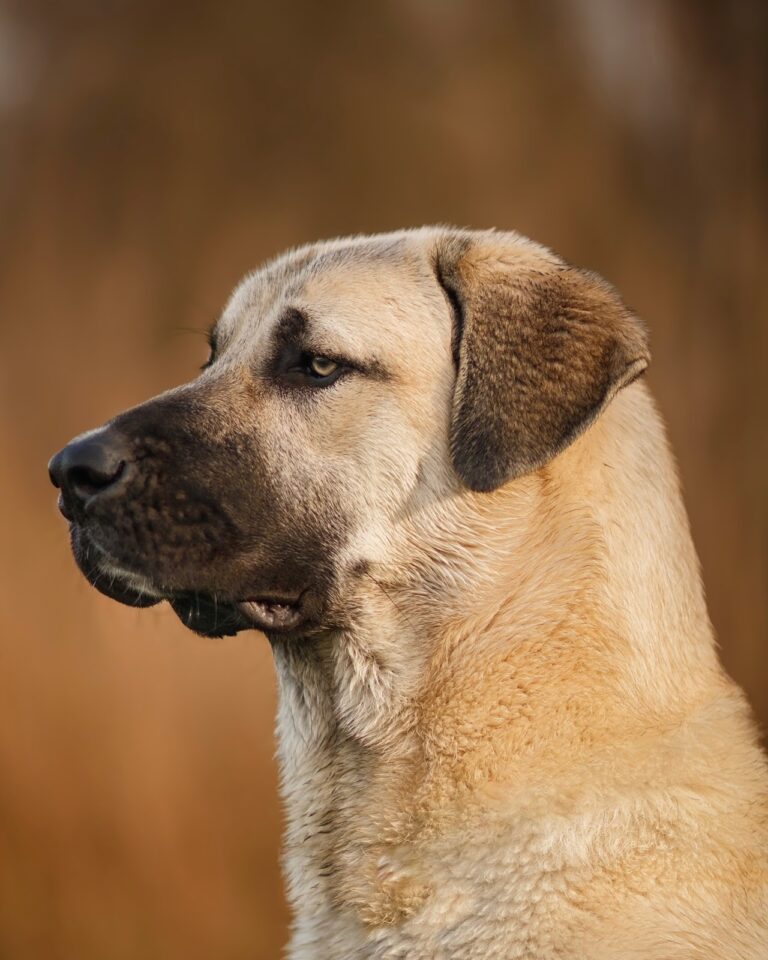
The most obvious reason Anatolian Shepherds would not do well in the city is their big size. Indeed, this breed won’t fit in the average apartment—but in truth, Anatolian Shepherd personalities are the biggest reason we don’t recommend this dog to city dwellers.
Related Posts:
- 7 Overrated Dog Breeds Vets Wish Dog Owners Would Stop Buying
- The #1 Most Returned Dog Breed by Families with Young Kids, According To Shelter Employees
- 5 Dog Breeds Most Targeted By Dognappers, According to Recent Studies


